Buy Formalin Online
Alias:formalin
• Molecular Formula:CH2O
• CAS No. : 50-00-0
• HS: 2912110000
• Description: Colorless Liquid With A Pungent Odor
• Grade Standard:Industrial Grade, Pharmaceutical Grade
Quality Standard:
Standard: National Standard
Can Manufacture As Per Customer’s Special Demand
Accept Third Part Inspection
Specification:
Purity: 37%~44%
Packing:
| Package | Drum No. | Net Weight Per Drum | Net Weight Per 20’FCL |
| IBC Drum | 20.00 | 1000 KG | 20 MT |
| 30L Drum | 700.00 | 30 KG | 21MT |
| 250L Drum | 80.00 | 200 KG | 16 MT |
Factory Price for Formalin
Formalin is a strong-smelling, colorless gas used in making building materials and many household products. It is used in pressed-wood products, such as particleboard, plywood, and fiberboard; glues and adhesives; permanent-press fabrics; paper product coatings; and certain insulation materials. It is also used to make other chemicals.
Formaldehyde is quickly broken down in the air – generally within hours. It dissolves easily in water, but does not last long there, either.
When dissolved in water it is called formalin, which is commonly used as an industrial disinfectant, and as a preservative in funeral homes and medical labs. It can also be used as a preservative in some foods and in products, such as antiseptics, medicines, and cosmetics. Sometimes, although formaldehyde is not used, substances that release formaldehyde are. These have been found in cosmetics, soaps, shampoos, lotions and sunscreens, and cleaning products.
Formaldehyde can be added as a preservative to food, but it can also be produced as the result of cooking and smoking.
Formaldehyde also occurs naturally in the environment. Humans and most other living organisms make small amounts as part of normal metabolic processes.
How are people exposed to formaldehyde?
The main way people are exposed to formaldehyde is by inhaling it. The liquid form can be absorbed through the skin. People can also be exposed to small amounts by eating foods or drinking liquids containing formaldehyde.
Formalin e is normally made in the body. Enzymes in the body break down formaldehyde into formate (formic acid), which can be further broken down into carbon dioxide. Most inhaled formaldehyde is broken down by the cells lining the mouth, nose, throat, and airways, so that less than a third is absorbed into the blood.
According to the US Consumer Product Safety Commission, formaldehyde is normally present at low levels (less than 0.03 parts per million) in both indoor and outdoor air. Materials containing formaldehyde can release it as a gas or vapor into the air. Automobile exhaust is a major source of formaldehyde in outdoor air.
During the 1970s, urea-formaldehyde foam insulation (UFFI) was used in many homes. But few homes are now insulated with UFFI. Homes in which UFFI was installed many years ago are not likely to have high formaldehyde levels now.
Pressed-wood products containing formaldehyde resins are often a source of formaldehyde in homes. Using unvented fuel-burning appliances, such as gas stoves, wood-burning stoves, and kerosene heaters can also raise formaldehyde levels indoors.
Formaldehyde is also a component of tobacco smoke and both people who smoke and those breathing secondhand smoke are exposed to higher levels of formaldehyde. One study found much higher levels of formaldehyde bound to DNA in the white blood cells of people who smoke compared to those who don’t smoke.
Formaldehyde and other chemicals that release formaldehyde are sometimes used in low concentrations in cosmetics and other personal care products like lotions, shampoo, conditioner, shower gel, and some fingernail polishes. These may raise the concentration of formaldehyde in the air inside the room for a short time, but the levels reached are far below what is considered to be hazardous.
Professional keratin hair smoothing treatments can contain formaldehyde or formaldehyde releasing chemicals. Using these can raise indoor air concentrations of formaldehyde to levels that could be a potential hazard.
Workers in industries that make formaldehyde or formaldehyde-containing products, lab technicians, some health care professionals, and funeral home employees may be exposed to higher levels of formaldehyde than the general public. Exposure occurs mainly by inhaling formaldehyde gas or vapor from the air or by absorbing liquids containing formaldehyde through the skin. In one large study of workers in industries that make or use formaldehyde, the average level of formaldehyde exposure was 0.45 parts per million (ppm) overall, with less than 3% of workers experiencing more than 2 ppm on average.
Can formaldehyde cause cancer?
Exposure to formaldehyde has been shown to cause cancer in laboratory test animals. Exposure to relatively high amounts of formaldehyde in medical and occupational settings has been linked to some types of cancer in humans, but the effect of exposure to small amounts is less clear.
|
item
|
value
|
|
Classification
|
Aldehyde
|
|
CAS No.
|
50-00-0
|
|
Other Names
|
50-00-0
|
|
MF
|
CH2O
|
|
EINECS No.
|
200-001-8
|
|
Place of Origin
|
China
|
|
Grade Standard
|
Industrial Grade, Reagent Grade
|
|
Purity
|
37%
|
|
Appearance
|
Colorless Transparent Liquid
|
|
Application
|
Reagents ,disinfectants
|
|
Brand Name
|
Baovi
|
|
Model Number
|
A
|
|
melting point
|
– 15°C
|
|
boiling point
|
97°C(37% solution),-19.5°C(pure)
|
|
Density:
|
one point zero nine g/mL at 25 °C(lit.)
|
|
Formaldehyde Solution 37%
|
||
|
Items
|
Standards
|
Result
|
|
Formaldehyde % ≥
|
37
|
37.1
|
|
Acidity(formic acid)% ≤
|
0.02
|
0.01
|
|
Chroma, Hazen(Pt-Co)
|
10
|
10
|
|
Methanol %
|
12%-15%
|
|
|
CONCLUSION
|
QUALIFIED
|
|
acetic acid for sale
low aromatic white spirit
cetyl alcohol wholesale
soap noodles manufacturers in malaysia
soda ash in soap making
bulk white spirit
cetyl alcohol wholesale
dried fish scales
Sodium Bromate Cheap price
Maleic Anhydride Bulk Sale
1 review for Buy Formalin Online
Add a review Cancel reply
Related products
Chemicals
Chemicals
Chemicals
Chemicals
Chemicals
Chemicals
Chemicals



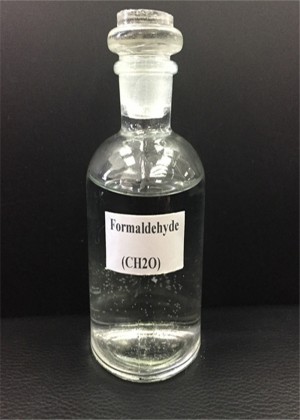

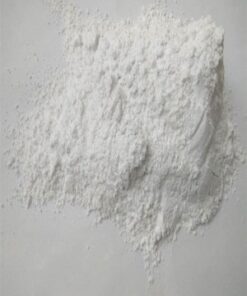
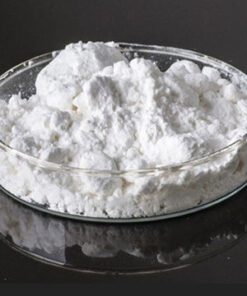
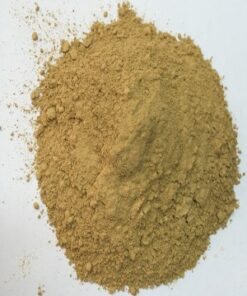
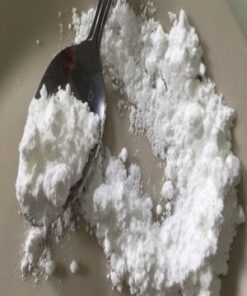
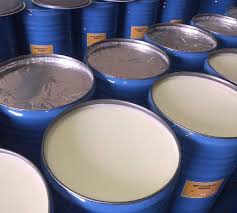
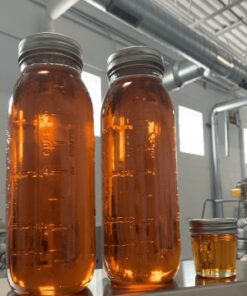

melvin Cannon –
I will reorder again Great distributor